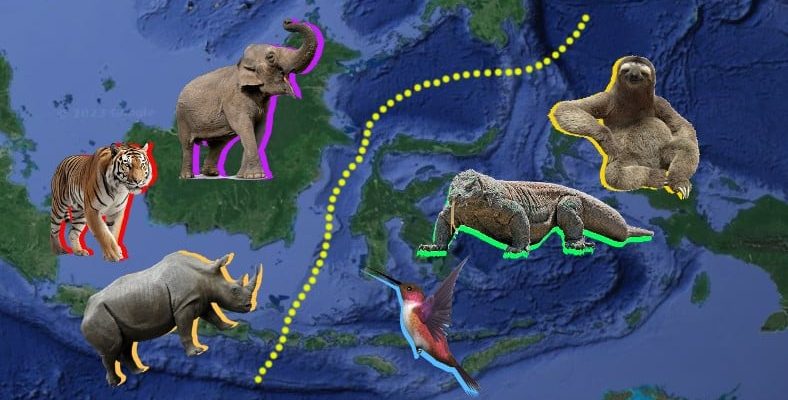There is a line between the Indonesian archipelago that is both real and unreal. This special line is so sharp that it divides the two sides as if separated by a real barrier and radically shapes the distribution of living species. How?
scientists “biogeographic boundary” This invisible barrier, as he calls it, runs the entire length of the Malay Archipelago, the largest collection of islands on the planet with over 25,000 islands.
On the west side; There are rhinos, elephants, tigers and woodpeckers. As soon as you cross the western line Living species change suddenly. Marsupials and komodo dragons appear before you. So how is such a thing possible and why does it exist?
A man named Wallace discovered both the real and unreal lines and came to very interesting findings.
This line, called the Wallace Line, was first drawn by a man named Alfred Russel Wallace in 1859. Wallace was also a co-discoverer of natural selection.
During his eight-year tour around the Malay Archipelago, he constantly went from island to island and interesting distribution of living species examined. While he was lying in bed suffering from malaria during a part of this trip, the idea that there was a line separating the region came to his mind.
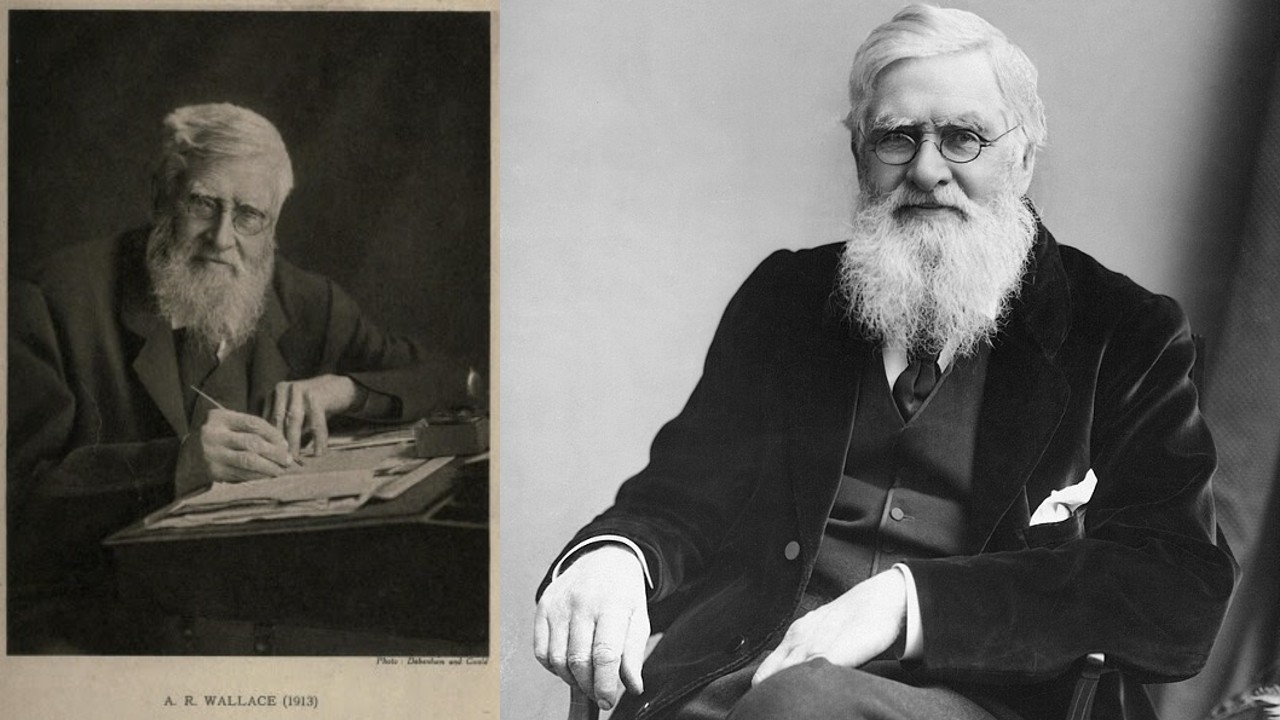
Because the animals’ changes were not subtle and gradual, they changed as soon as the line was crossed. suddenly and distinctly It was changing. It was like two different worlds. Of course, there were some reasons that made such a thing possible.
The geological past shapes the biological present.
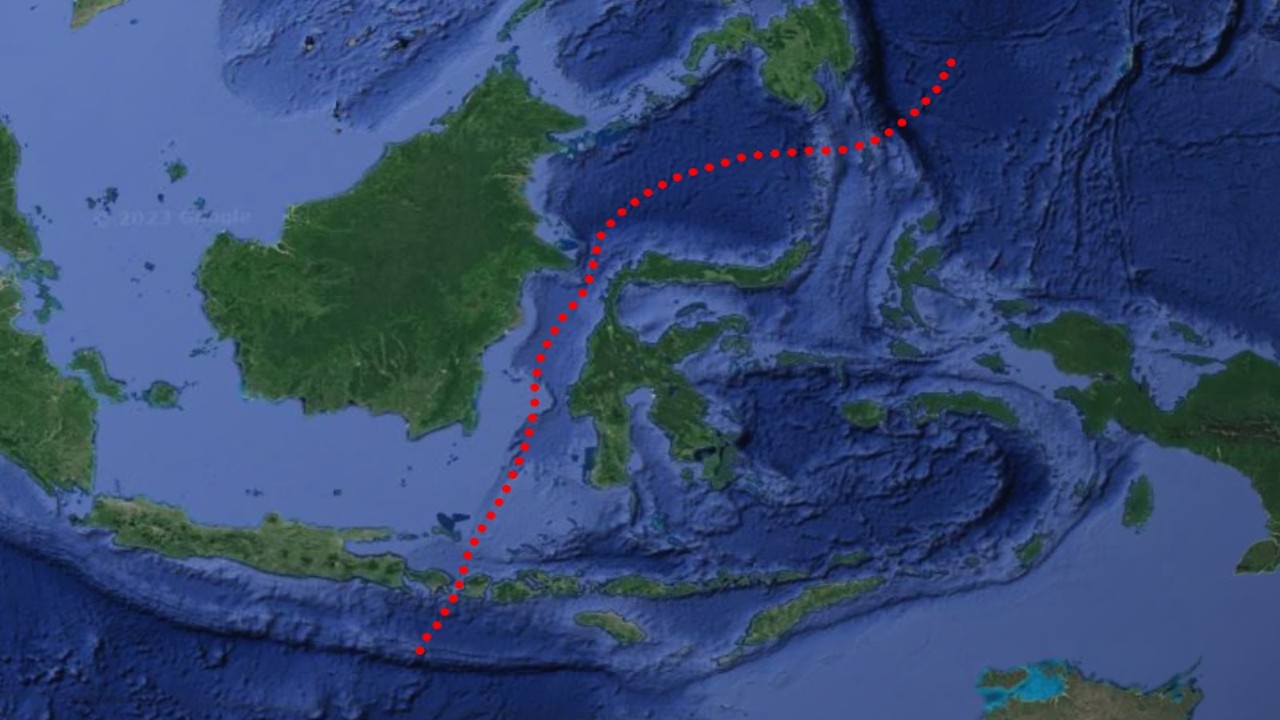
The distribution of living species today is, in a sense, ancient geological events However, such a thing was not known at the time when Wallace made his discoveries. He examined the islands and concluded that the western islands must have once been connected to each other and to the Asian mainland. The eastern islands were the remains of an ancient Australian continent.
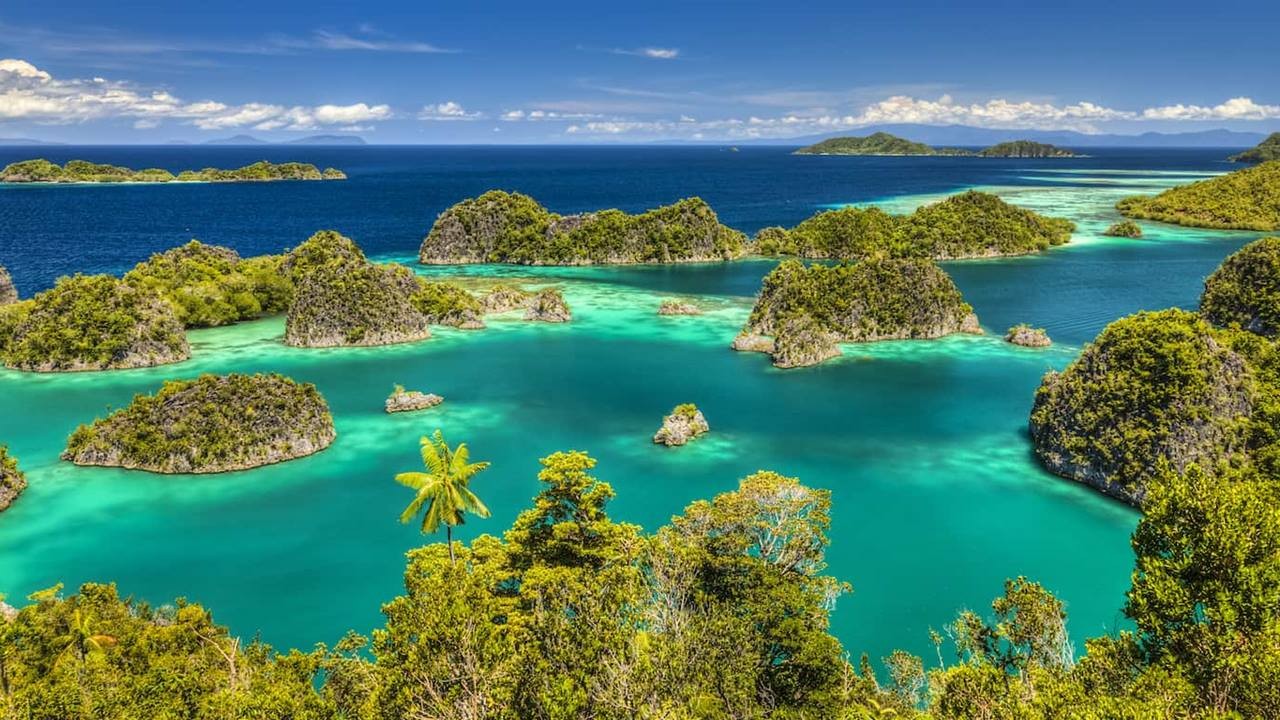
Although today they are surrounded by shallow seas, this has only happened recently. geologically, it is the result of the rise in sea levels. Otherwise, how could large animals like tigers and rhinos reach the islands? So they are now separated by large bodies of water that these species cannot pass through.
Throughout this change, deeper waters with strong currents existed between the two regions, at times when sea levels were lower. many species were prevented from moving from continent to continent.
The same invisible line exists elsewhere, too.
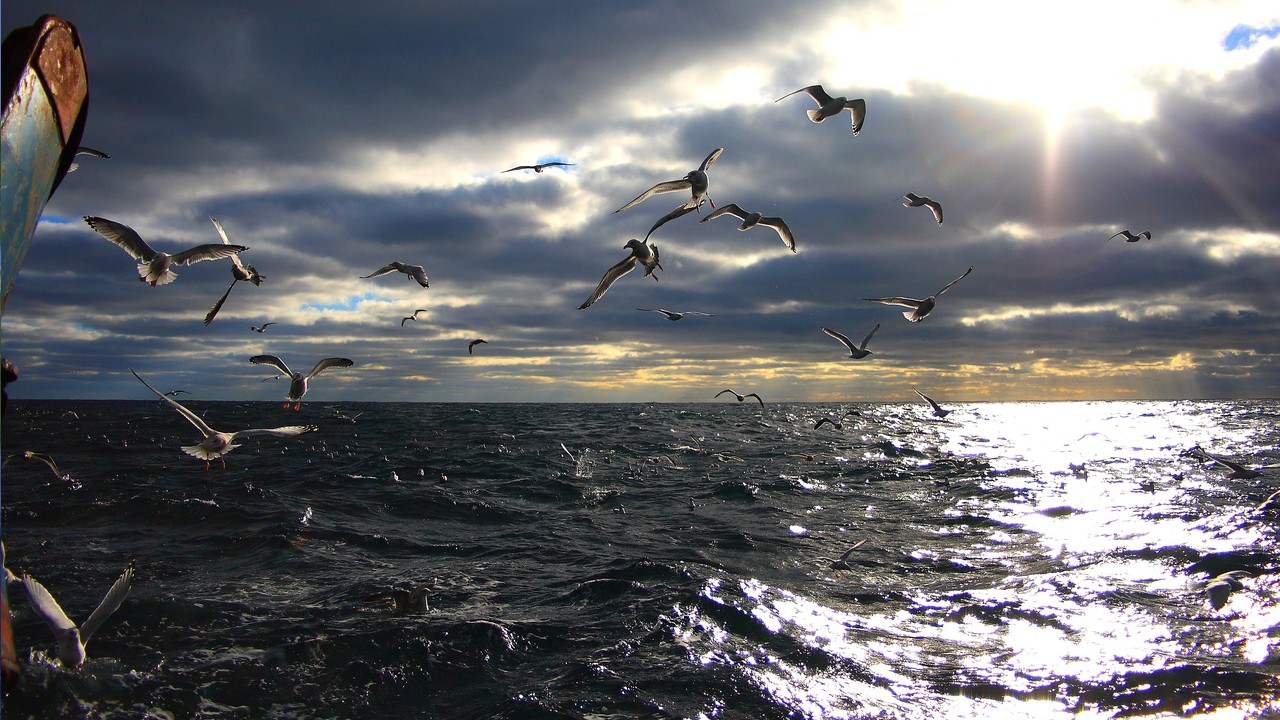
Places where sea levels are higher and continents are divided into neighboring island groups still prevent the passage of many modern-day species. Even even birds and insects This follows the invisible line rule.
Wallace put the pieces of the puzzle together, but there was another key theory.
surface of our planet not static, dynamic. It consists of separate large sections and plates that have moved and collided over very long geological times. This situation, which we can explain within the scope of plate tectonics theory; It was accepted in the 1960s, long after Wallace’s death.
Plate tectonics has had many effects on our planet, including the formation and deformation of continents, the uplift of islands, and the formation of mountains. The Malay Archipelago is one of the most complex tectonic regions in the world. diversity of living species This is how it becomes clear.
Our other content that may interest you:
RELATED NEWS
Geography Is Really Destiny: Why Are Countries With Hot Climates Poorer Than Those With Cold Climates?
RELATED NEWS
What is the Secret to Less Gravity in This Interesting Region in Canada? (Should we move to weigh less on the scale?)
RELATED NEWS
